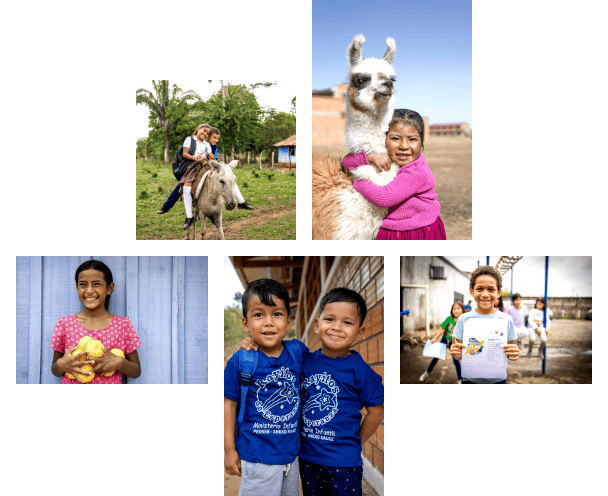no records found
Summary
Country
Summary
Country
no records found
With $43 a month, you can help a child in poverty by ensuring:
Regular medical check-ups
Adequate nutrition
Individual Mentorship
Educational support and skills development
The opportunity to receive words of love and support
An introduction to God's love
What you will receive through your sponsorship:
Letters
The letters you send and receive from your sponsored child will allow you to learn about their lives while offering them support and encouragement.
Pictures from your child
Observe how the child you sponsor is growing through photos shared on your Compassion account.
Updates and prayer requests
You will receive regular prayer requests for your sponsored child and information about local crises affecting them.
Consistently, we receive some of the highest possible ratings from charity evaluators and watchdogs
"There are so many kids whose lives can be reached and transformed, just like mine was"

Jonathan Almonte
Compassion Representative, Dominican Republic

